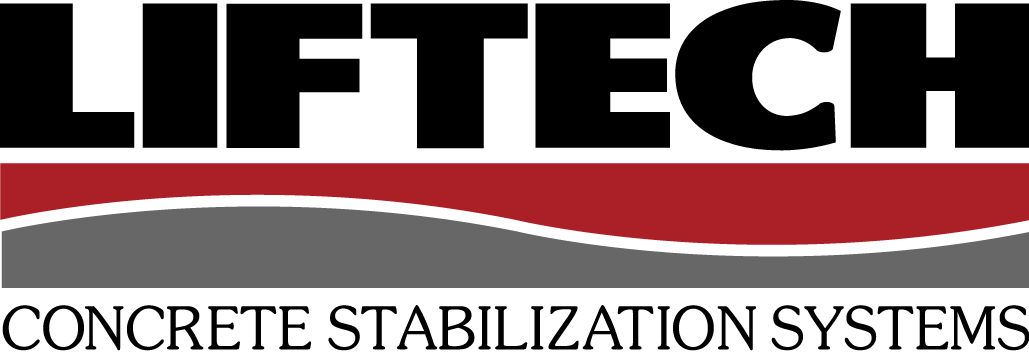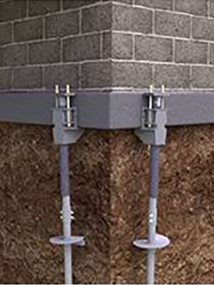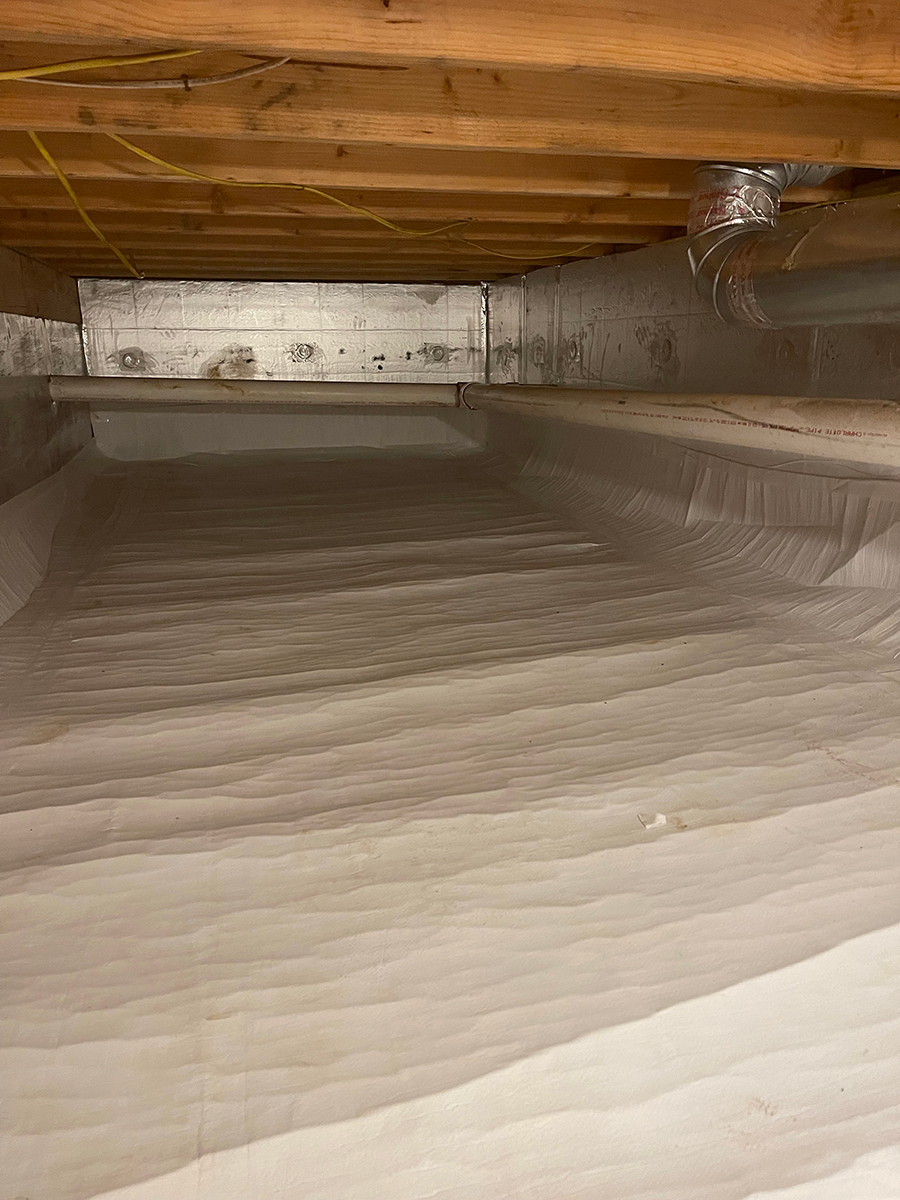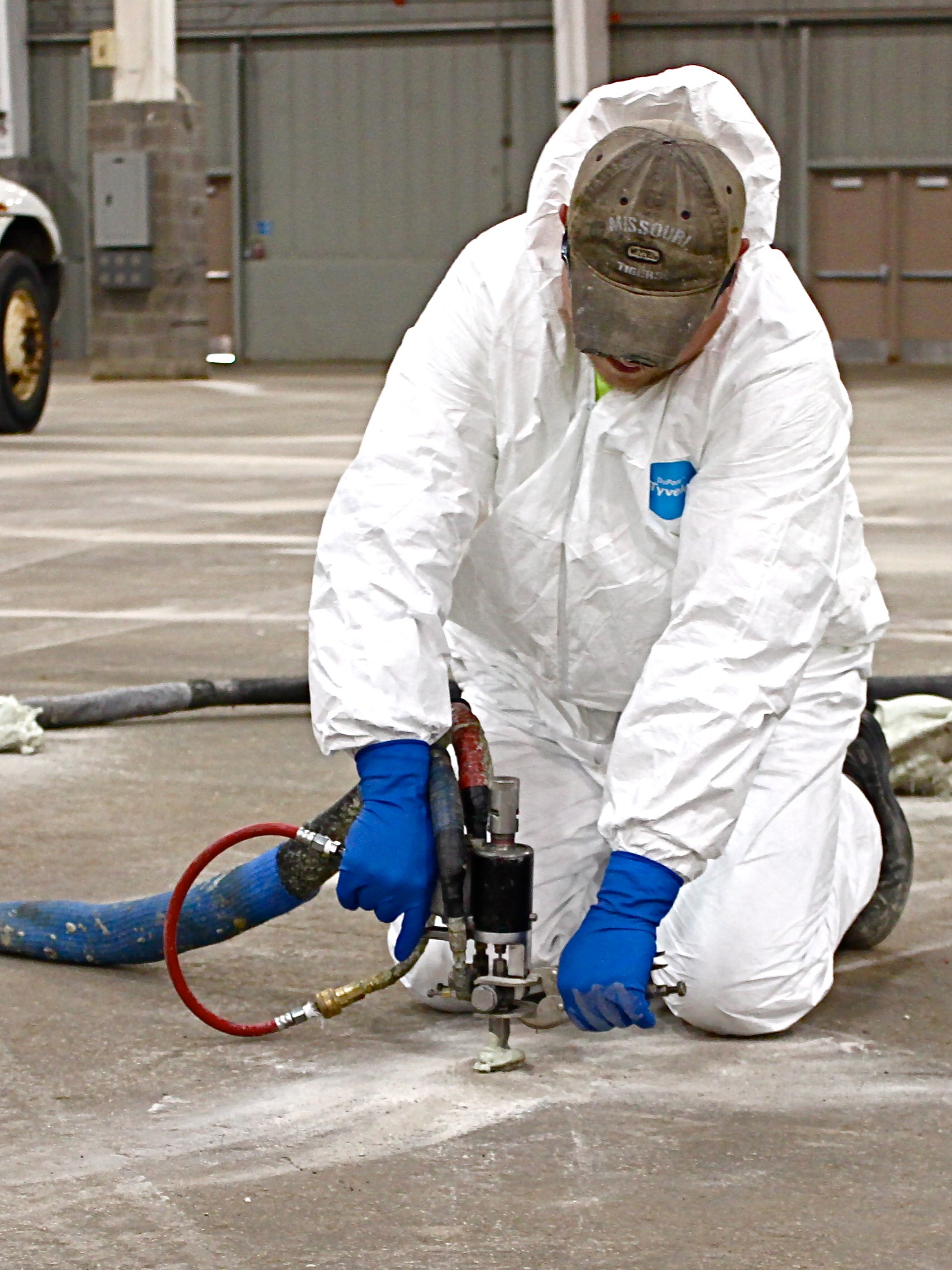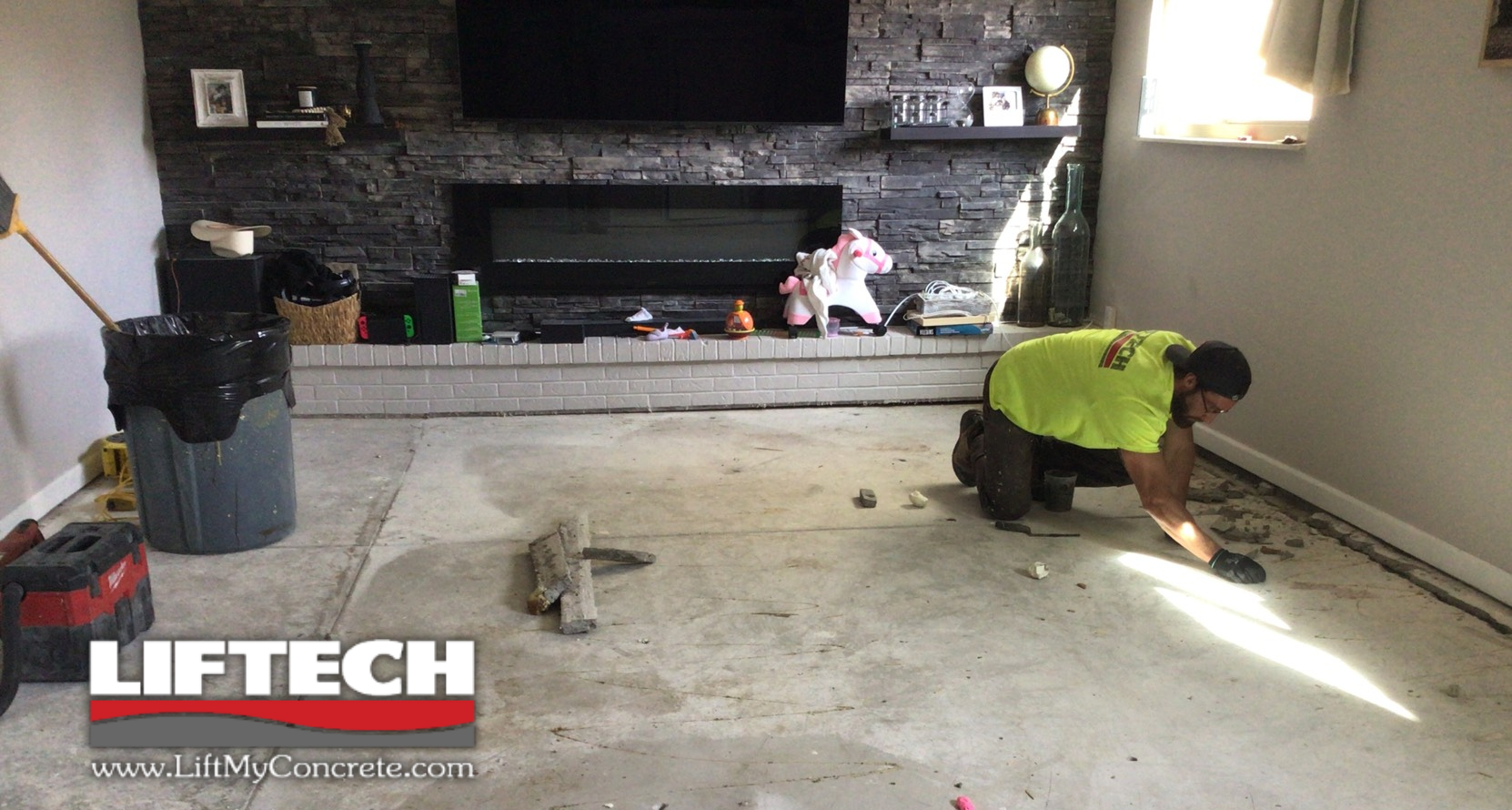Heaved Concrete
The Highest Rated Concrete Experts In Colorado REQUEST FREE ON-SITE CONCRETE ESTIMATE ONLINE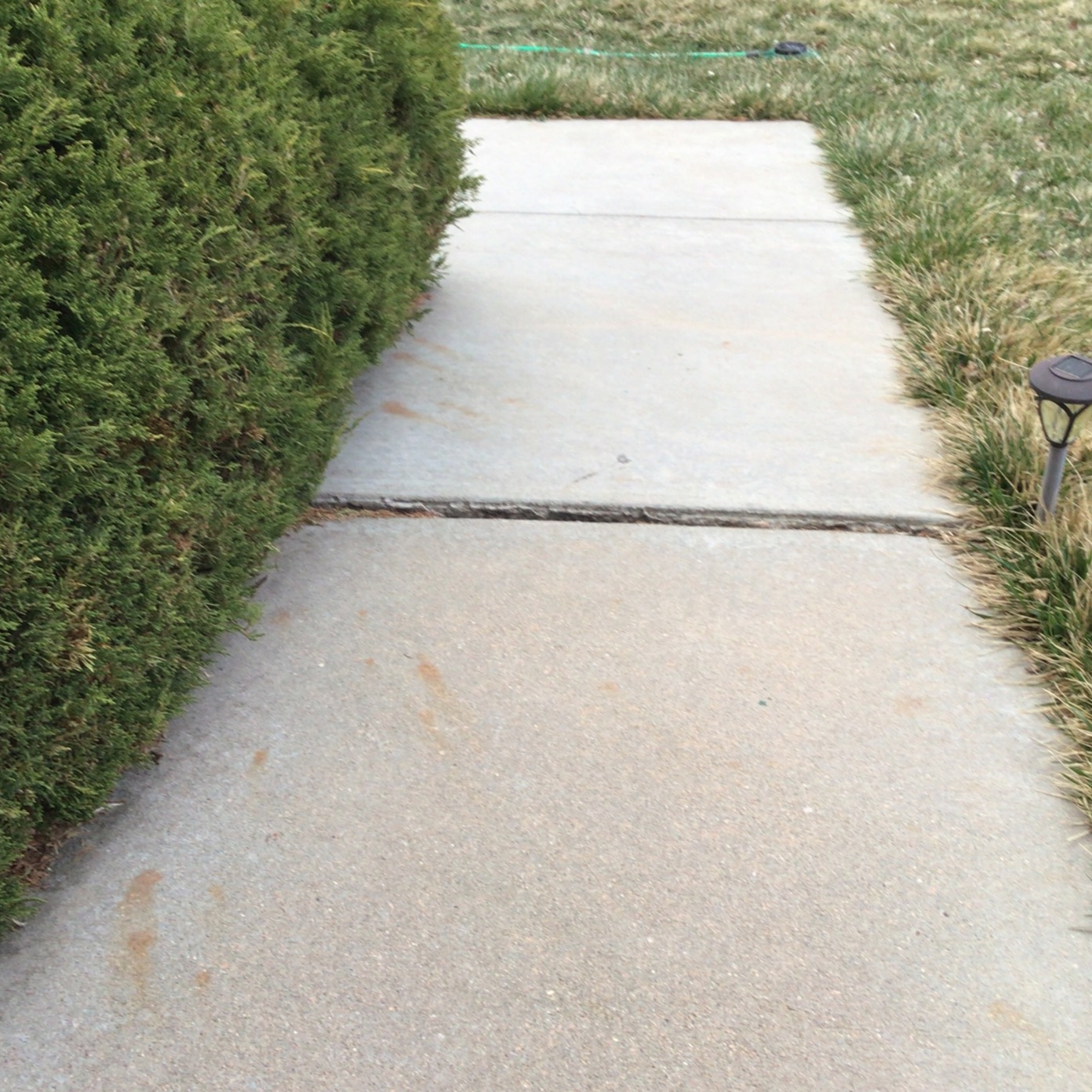
What Is Heaved Concrete?
Concrete doesn’t just sink—it can rise too. If you’ve noticed your slabs pushing upward, especially after a cold winter or near large trees, you might be dealing with heaved concrete.
Heaving happens when concrete is forced upward, often unevenly. This can create dangerous trip hazards, crack your slabs, and affect how water drains away from your home. It’s not the same as settling, and the fix isn’t the same either.

What Causes Concrete to Heave?
Heaving occurs with your concrete when pressure builds beneath a slab and pushes it upward. Unlike settling—where concrete sinks due to erosion or soil compaction—heaving is caused by expansion, freezing, or intrusion from below. It’s a common issue in Colorado, especially in areas with clay-rich soil and harsh winter cycles. Several conditions can lead to this kind of slab displacement:
- Expansive Clay Soil
Colorado’s clay-heavy soils expand significantly when they absorb moisture. After rain or snowmelt, this expansion creates upward pressure beneath the slab. If the soil wasn’t properly compacted before the concrete was poured, the swelling can lift sections unevenly and cause cracks. - Frost Heave
In winter, moisture in the soil can freeze and form ice lenses—horizontal layers of ice that expand and force the concrete upward. This is especially common in poorly drained areas or slabs with exposed edges, such as sidewalks, patios, or driveway aprons. - Tree Root Intrusion
Roots from nearby trees can grow underneath a slab in search of moisture. As they thicken and spread, they can push up on the concrete from below, creating localized bulging or visible lifting. - Poor Site Preparation
If the subgrade beneath your concrete wasn’t compacted correctly, it may include soft or uneven areas that react poorly to changes in moisture or temperature. These weak spots can trap water, shift over time, and cause slab sections to rise. - Drainage Problems
Improper drainage—from clogged gutters, sloped landscaping, or pooling rainwater—can feed moisture into the soil below your slab. This trapped water worsens both frost heave and soil expansion, accelerating the risk of concrete displacement.
While each cause has its signature, they all create the same result: uneven, cracked, and lifted concrete. Identifying the root issue is the first step toward choosing the right solution, and that’s exactly what Liftech’s experienced team is here to help with.
Why Heaved Concrete Needs to Be Addressed
Heaved concrete isn’t just unsightly—it’s a real risk to your property and your safety. When a slab lifts unevenly, it often creates sharp elevation changes that can cause trips and falls, especially on walkways, steps, and patios. These hazards can be particularly dangerous for children, elderly family members, or anyone with mobility issues. But the problems go beyond the surface.
As slabs shift upward, they often crack under pressure or press against surrounding structures like garage floors, porch steps, or foundation walls. In some cases, this movement can worsen over time, especially if moisture or tree roots continue to affect the ground underneath. Left unchecked, the damage can spread and affect nearby concrete, making future repairs more expensive.
Heaved concrete can also redirect water toward your home. When a slab no longer slopes away properly, rainwater and snowmelt may collect or flow toward your foundation, increasing the risk of basement leaks, soil erosion, or other water-related issues. Even small shifts can change the way water drains—and over time, that can cause real structural problems.
Addressing heaved concrete early helps protect your investment, prevent future damage, and keep your outdoor spaces safe and functional.
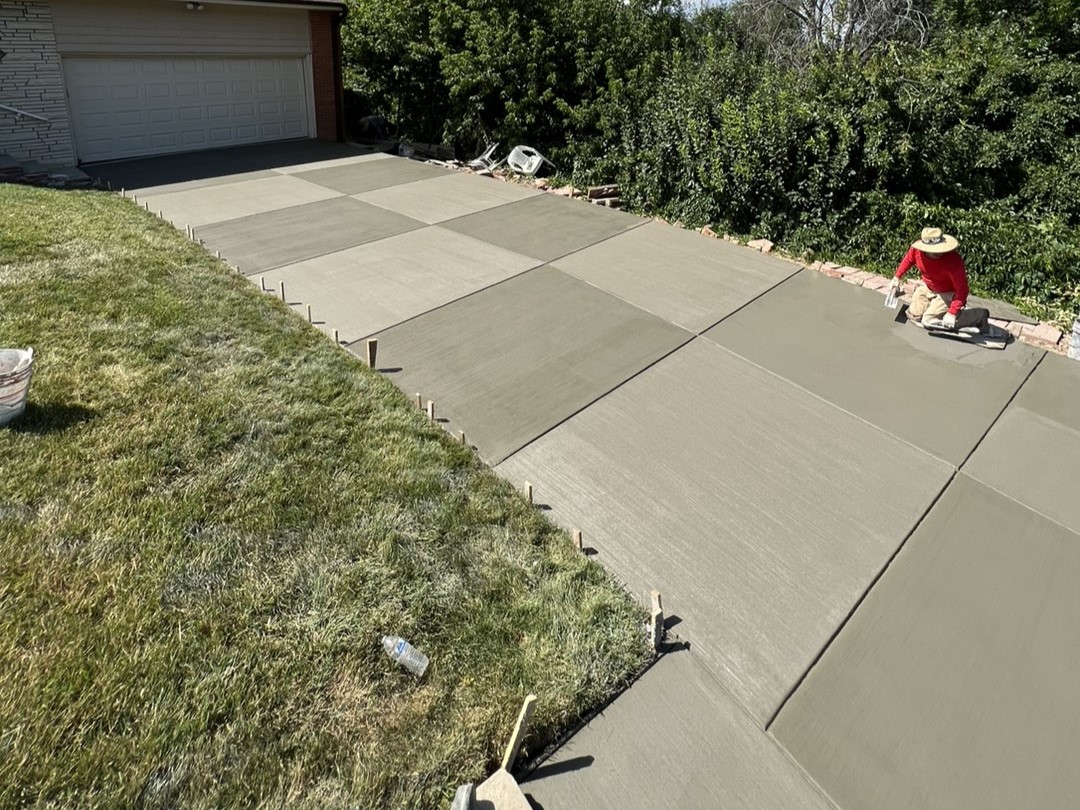
When is Concrete Replacement the Right Choice?
When a concrete slab has heaved, the damage is usually permanent. The pressure that caused the slab to lift—whether from frost, expanding soil, or tree roots—has already compromised its structural integrity. Unlike settled concrete, which can often be raised and stabilized with polyurethane foam injection, a heaved slab typically can’t be brought back down or made level again. In most cases, the only lasting solution is to remove the damaged section and replace it with a new pour.
At Liftech, we don’t just lift concrete—we also replace it. If your slab has been pushed upward, we’ll carefully assess the cause, remove the affected concrete, and rebuild with a proper subgrade to help prevent future movement. We’ll take the time to explain your options and why replacement is necessary in your specific situation. The goal isn’t just to make the surface look better—it’s to ensure that your new concrete is stable, long-lasting, and installed with the right foundation beneath it
Can Heaved Concrete Be Lifted?
No—heaved concrete can’t be repaired with polyurethane foam injection. Foam injection is ideal for sunken or settled slabs, but heaving means the slab has been pushed up from below. Injecting foam would only worsen the problem.
Instead, the best solution is usually removal and replacement.
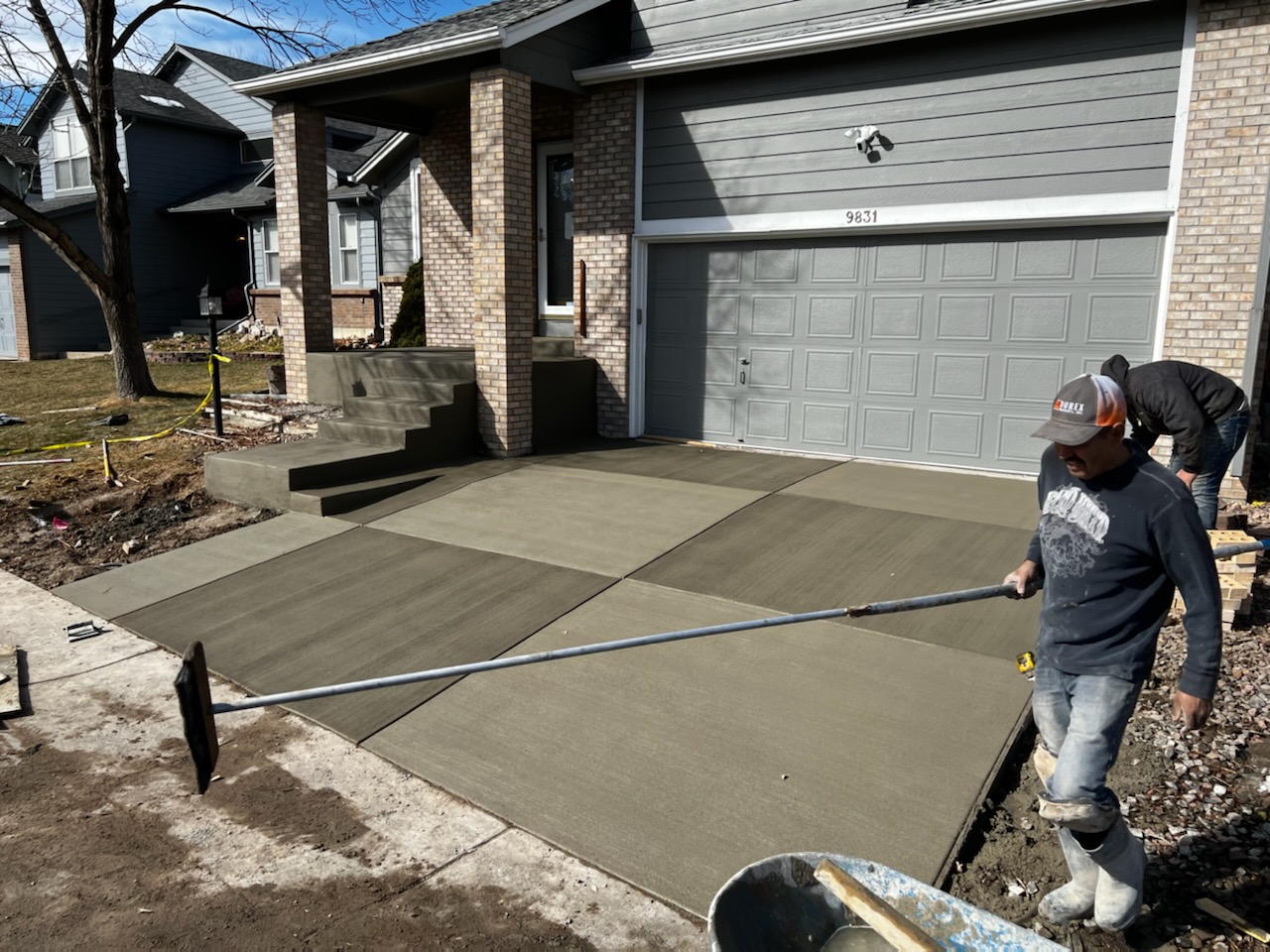
Not Sure If It’s Heaved or Settled?
You don’t have to guess. Our experienced team will inspect your concrete and explain what’s happening—whether it needs lifting, replacement, or something else entirely. We’ll never push a solution that isn’t right for your property.
If you suspect your concrete has heaved, contact Liftech. We’ll take a look, explain your options, and help you move forward with the right fix—no pressure, just answers.
Liftech Will Safely Remove & Dispose Old Concrete
Concrete Replacement F.A.Q.
Frequently asked questions about our services, the products we use, local Colorado’s conditions, and more!
How long before you can walk on new concrete?
For Colorado homeowners, the drying process of concrete usually takes anywhere between 24-48 hours before it becomes suitable for walking or driving on. However, concrete drying is a dynamic and ongoing process, and its optimal strength is typically achieved after approximately 28 days.
Will Liftech remove & dispose my old walking path concrete?
Absolutely. And properly. Proper disposal of concrete debris is essential for environmental, safety, and legal reasons. At Liftech, we dispose of the debris properly, ensuring that it does not harm the environment, pose a risk to public health, and to Colorado’s legal requirements. Learn more about Liftech’s concrete removal and replacement process.
How thick should a concrete slab be for a walkway?
Liftech generally recommends a thickness of 4 to 6 inches for each walkway slab. We’ll carefully counsel you on the appropriate concrete thickness to offer ample strength and durability, enabling it to withstand the demands of pedestrian traffic and Colorado’s vast outdoor conditions.
Liftech project managers are experts in:
- The concrete’s load-bearing capacity
- Colorado’s soil conditions
- Colorado’s hash weather conditions
- Colorado’s building codes
How much does a new concrete sidewalk cost?
The most inflential cost factors in new concrete are:
- Amount of Concrete: The quantity of concrete needed depends on the width and length of your walkway. Calculate the square footage by multiplying the length by the width. Then, multiply the square footage by the price per square foot to estimate the concrete cost. A project manager can tell you our current price per sqare foot in their free estimate & then factor in all remaining factors (below).
- Shape of Walkway: Straight edges are generally easier and less costly to form compared to curved edges. Consider the shape of your walkway as it can affect the labor and materials required, potentially impacting the overall cost.
- Prep Work: The amount of preparation work required is an important factor. If your area is uneven and needs grading or leveling, the cost of the project may increase due to additional materials and labor.
- Design Complexity: The complexity of the design you choose also influences the cost. Incorporating multiple colors, intricate patterns, borders, or bands will typically result in higher expenses.
- Decorative Finish: The type of decorative finish you opt for will impact the cost as well. A rock salt or broom finish tends to be more affordable, while techniques like stamping and engraving are generally more expensive due to the specialized materials and labor involved.
When is the best time of the year to pour new concrete in Colorado?
The best time of year for new concrete in Colorado is typically during the warmer months, specifically from late spring to early fall. April to September, offers more favorable local Colorado weather conditions for concrete work.
Warmer temperatures promote proper curing and drying of the concrete, allowing it to achieve optimal strength. Additionally, the lower likelihood of freezing temperatures during these months minimizes the risk of freezing and thawing cycles that can negatively impact the concrete’s integrity.
Concrete work can still be carried out successfully during other times of the year, as long as certain precautions are taken. During colder months, special considerations such as insulation and temperature control measures may be necessary to ensure the concrete’s proper curing and prevent frost damage.
Not only are our project managers are familiar with the Colorado’s climate and conditions; Liftech will always give you honest & transparent guideance about your concrete project. If we have to wait till next season, we’ll do what’s best for you.
Will rain affect new concrete? How long does concrete need to dry before it rains?
Immediate exposure to rainwater can cause a new concrete surface to become soft, which in turn decreases the abrasion resistance and strength of the concrete, while increasing the tendency for dusting and cracking to develop. The key to preventing damage to the concrete surface by a rainstorm is proper preparation and timing.
If the concrete is given a full day, normal rainwater won’t negatively affect it. If rain is not in the forecast in the same 8 hours we expect to finish the job, you shouldn’t have to worry. If given a 8+ hours, normal rainwater won’t negatively affect your new concrete.
After the inital curing, sometimes concrete mixes will actually benefit from rainwater on the surface because moisture can beneficial in aiding the hydration and the next curing phases.
Ready For A Free Professional On-Site Assessment For Your Sidewalk?
Ready for a quote on your concrete project?
Get a free onsite estimate today.
Flexible & Competitive Financing Options
Several Loan Options
Today's Best Rates
No Pre-Payment Fees
Fast Funding
Easy Process & Support
Bad Concrete
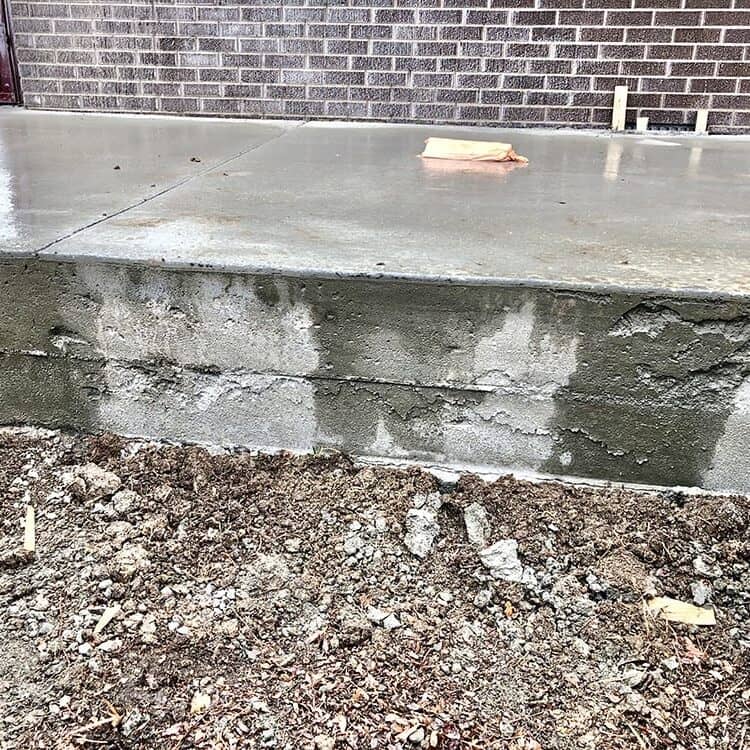
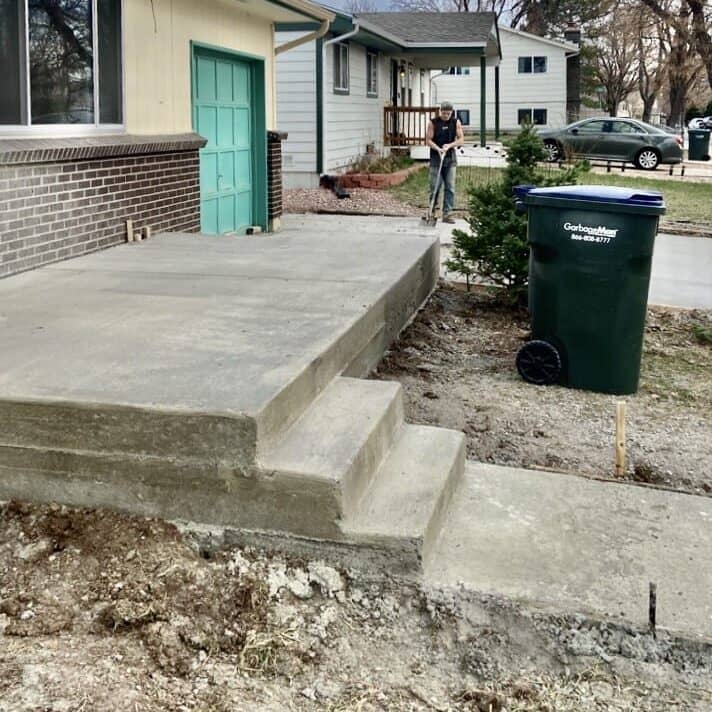
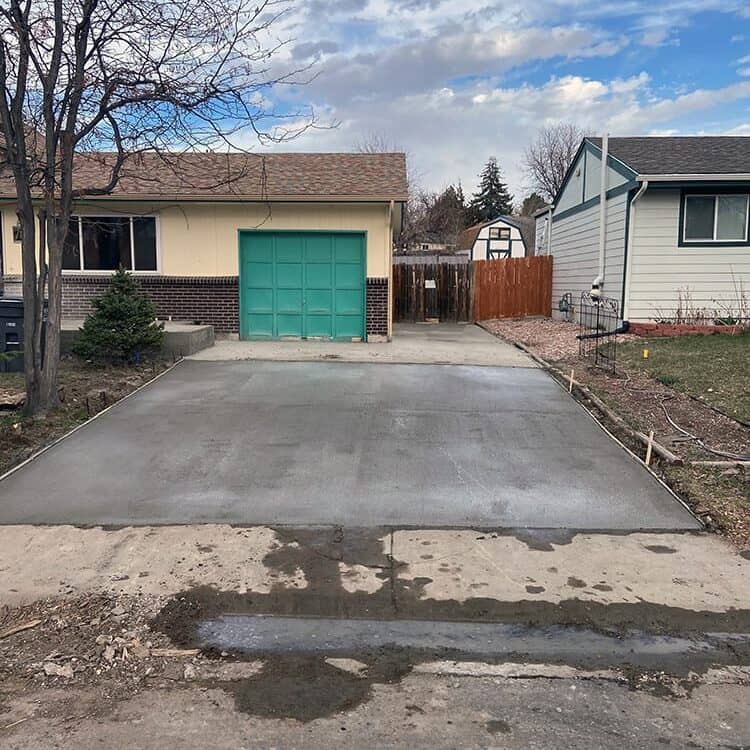
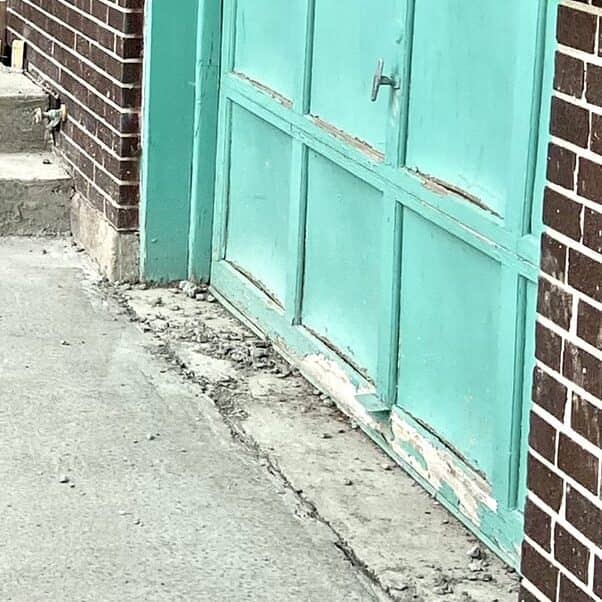
Good Concrete


Services Related To New Concrete
Home Foundation Repair Services
We encounter home owners who see failing concrete and it’s actually a symptom of a larger problem: a failing foundation. Learn the common symptoms of home foundation settlement issues & what Liftech does to address them.
Basement & Crawlspace Waterproofing
If your concrete is cracking and beyond repair, it could be because there is water erosion to the soil around your home. If that’s the case, our waterproofing services don’t just ammend the situation, they fix the root cause.
